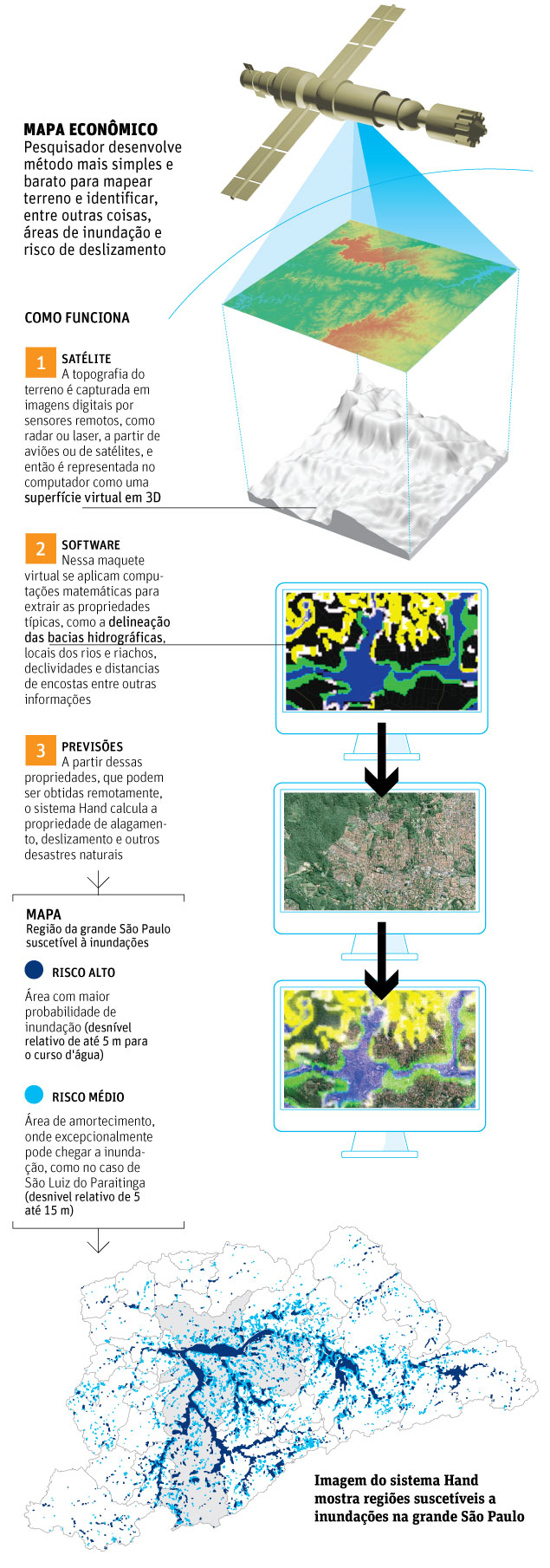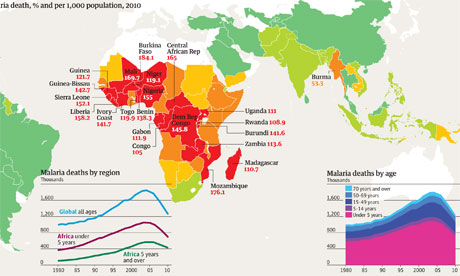Applications invited for New Summer Residential Scholarship Institute at Brown University, 9-23 June 2012
THEME: Population and Development: New Approaches to Enduring Global Problems
The application deadline is coming up soon: 18 February 2012.
From June 9-23, 2012, Brown University (in Providence, RI, USA) will host an international residential institute designed to enhance the scholarship, research, methodological skills, training, and networks of early-career social scientists from less developed countries. Participants will receive tailored feedback on their research ideas and will meet and interact with more than 20 of the world's leaders in population and development studies over the course of the 2-week institute. In addition to providing cutting-edge and personalized training, this institute aims to help foster collaborations between the Global North and Global South, as well as among scholars from different developing regions across the world.
This Institute is part of Brown University’s International Advanced Research Institutes initiative (BIARI), which brings together young faculty and professionals from around the world to address pressing global issues through innovative research and pedagogy.Thanks to generous support from Santander Universities, all the costs of tuition, food and accommodation (in university housing) during BIARI, and also the costs of international air travel and U.S. airport transfers to Providence, will be paid by the institute.
Please forward this announcement to your collaborators, colleagues, advanced PhD students, and other appropriate networks of scholars from the Global South who work in the area of Population and Development, to encourage them to apply.
To apply for BIARI 2012, please visit:
.









